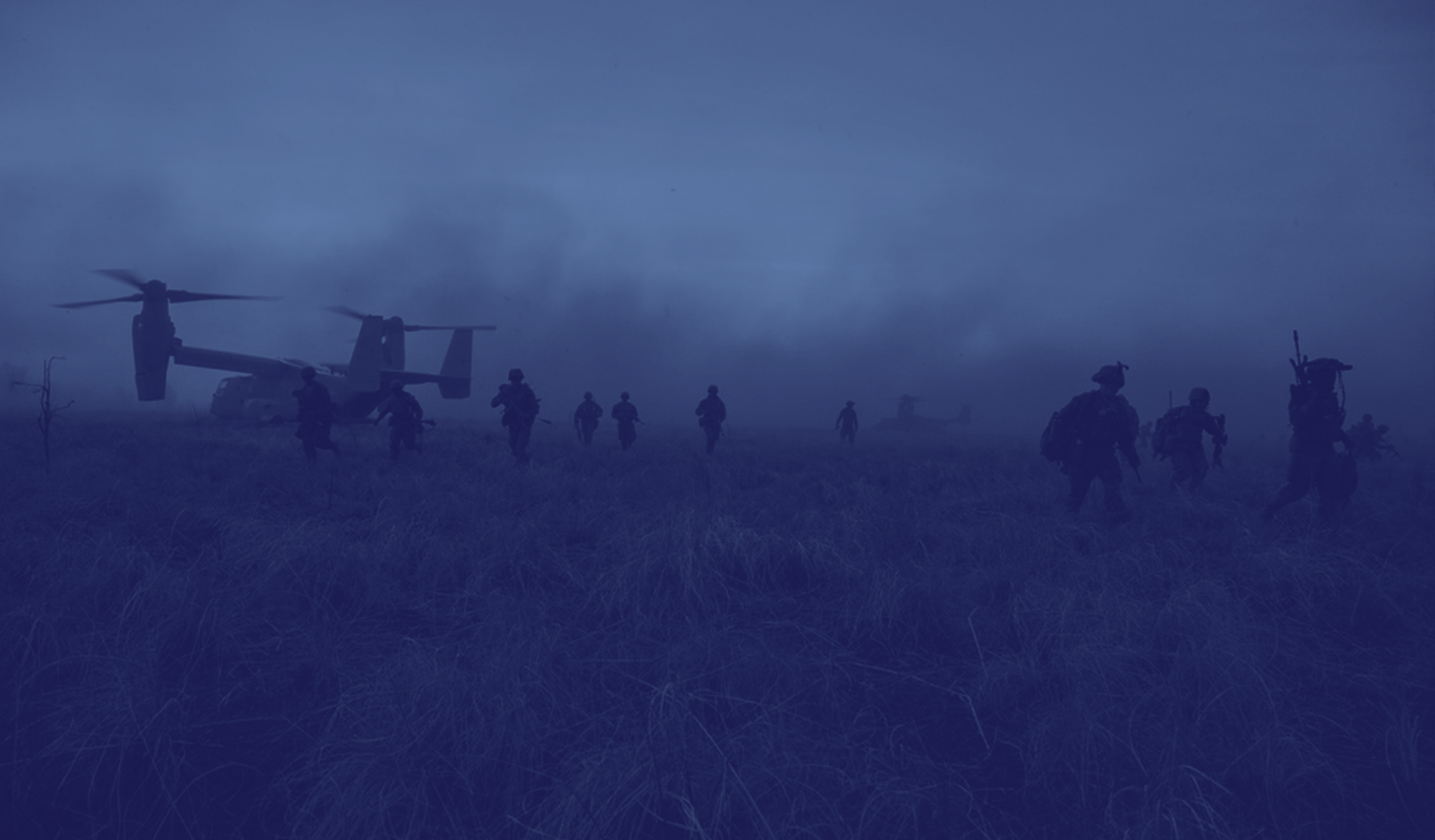The Walton Tribune
Published May 30, 2010
The Marine Corp wasn’t hunting for female heroes in 1943. They needed women to replace battle-ready men who were desperately needed in the field. This was a time for men and women to step up, to make a sacrifice for their country.
She was called a Lady Leatherneck, a Marine in the proud tradition of honor, valor and camaraderie. The slogan “The Few, The Proud” amply describes her swagger. Generally, when one thinks of Marines, a mental picture appears of a big, tough square-chinned man with cold steel eyes. However, there are Marines of all shapes, sizes and gender. “We’re one for all and all for honor,” the second stanza of the Woman’s Leatherneck song goes. “And we’ll work to keep our country strong. We’re the Women Marines Association. Come, Marines, and join us in our song.” The term “leatherneck” has become a term of admiring comment. It was derived from a leather stock once worn around the neck by both American and British Marines. Beginning in 1798, “one stock of black leather and clasp” was issued to each U.S. Marine annually. This stiff leather collar, fastened by two buckles at the back, measured nearly 3-and-a-half inches high. The stock was dropped as an article of Marine uniform in 1872, but by then it was a part of American vocabulary, a word preserved, like so many words, beyond its original meaning. A native of Selma, Ala., and a newcomer to Monroe, Francis Lanier was called a leatherneck. She served as a captain in the Marine Corps Women’s Reserve during WWII. She was born 93 years ago in Talladega, Ala. In 1943, at the age of 27, she became a Marine, entering into a sisterhood soon to be called the “Lady Leathernecks.” She wore the title with great pride and distinction. “I wanted to do something,” she said. “I missed out on the (Women Accepted for Volunteer Emergency Services) and the (Women’s Army Corps) were already gone, so I tried to get in on the early class with the Marines.” She took her basic training at Camp Pendleton, Calif., and in a short time rose in the ranks to captain, company commander and PX officer at Camp Elliott and Camp Pendleton. Don’t confuse Lanier for a “woman’s libber.” She said she wasn’t thinking of breaking any barriers held by men when she joined the Corps — but as a woman she knocked down barriers by simply fulfilling her military obligations. A graduate of Huntington College in Montgomery, Ala., she qualified as the first woman candidate to enter Officer Candidate School in the Woman’s Marine Corps. She was only the third female captain and company commander of Company C, the largest of the four companies with 245 women under her command. Her friend Kathryn Windham told the Selma Times-Journal, “Frances never could tell her right from her left — she still does not. And one day she marched her company straight into the brick wall of a building.” When asked her about this incident, Lanier said, “You had to be there to understand that.” When she enlisted, she was only 5 feet tall and weighed all of 85 pounds…read more here